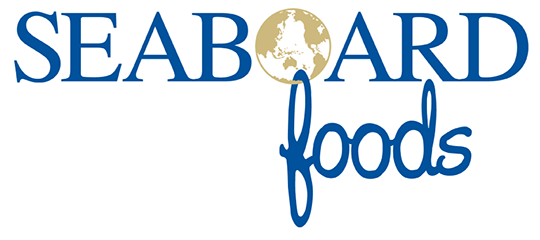This information was shared by the USDA.
Seaboard Foods Senior Vice President of Sales & Marketing Chad Groves was appointed National Pork Board member. Groves who has worked in the protein industry throughout his career will serve a three-year term.
The U.S. Department of Agriculture today announced the appointment of six members to the National Pork Board. Five appointees will serve three-year terms beginning June 2022 and ending June 2025, and one appointee will serve a one-year term from June 2022 through June 2023.
The appointed members are:
- Bill Luckey, Columbus, Neb.
- Jeremy Burkett, Evansville, Wyo.
- Alayne Johnson, Columbia City, Ind.
- Chad Groves, Overland Park, Kan.
- Jess Campbell, Waynesville, Ohio
- Daniel Tubbs, Oakman, Ala. (1-year term)
The National Pork Board is composed of 15 pork producers nominated by the National Pork Producers Delegate Body, which is made up of 155 producer and importer members.
The program was created and is administered under the authority of the Pork Promotion, Research, and Consumer Information Act of 1985. It became effective September 5, 1986, when the Pork Promotion, Research, and Consumer Information Order was implemented. Assessments began November 1, 1986.
More information about the board is available on the Agricultural Marketing Service (AMS) National Pork Board webpage and on the National Pork Board website, pork.org.
Since 1966, Congress has authorized the development of industry-funded research and promotion boards to provide a framework for agricultural industries to pool their resources and combine efforts to develop new markets, strengthen existing markets and conduct important research and promotion activities. AMS provides oversight to 22 boards, paid for by industry assessments, which helps ensure fiscal accountability and program integrity.
AMS policy is that diversity of the boards, councils and committees it oversees should reflect the diversity of their industries in terms of the experience of members, methods of production and distribution, marketing strategies, and other distinguishing factors, including but not limited to individuals from historically underserved communities, that will bring different perspectives and ideas to the table. Throughout the full nomination process, the industry must conduct extensive outreach, paying particular attention to reaching underserved communities, and consider the diversity of the population served and the knowledge, skills, and abilities of the members to serve a diverse population
USDA is an equal opportunity provider, employer, and lender
